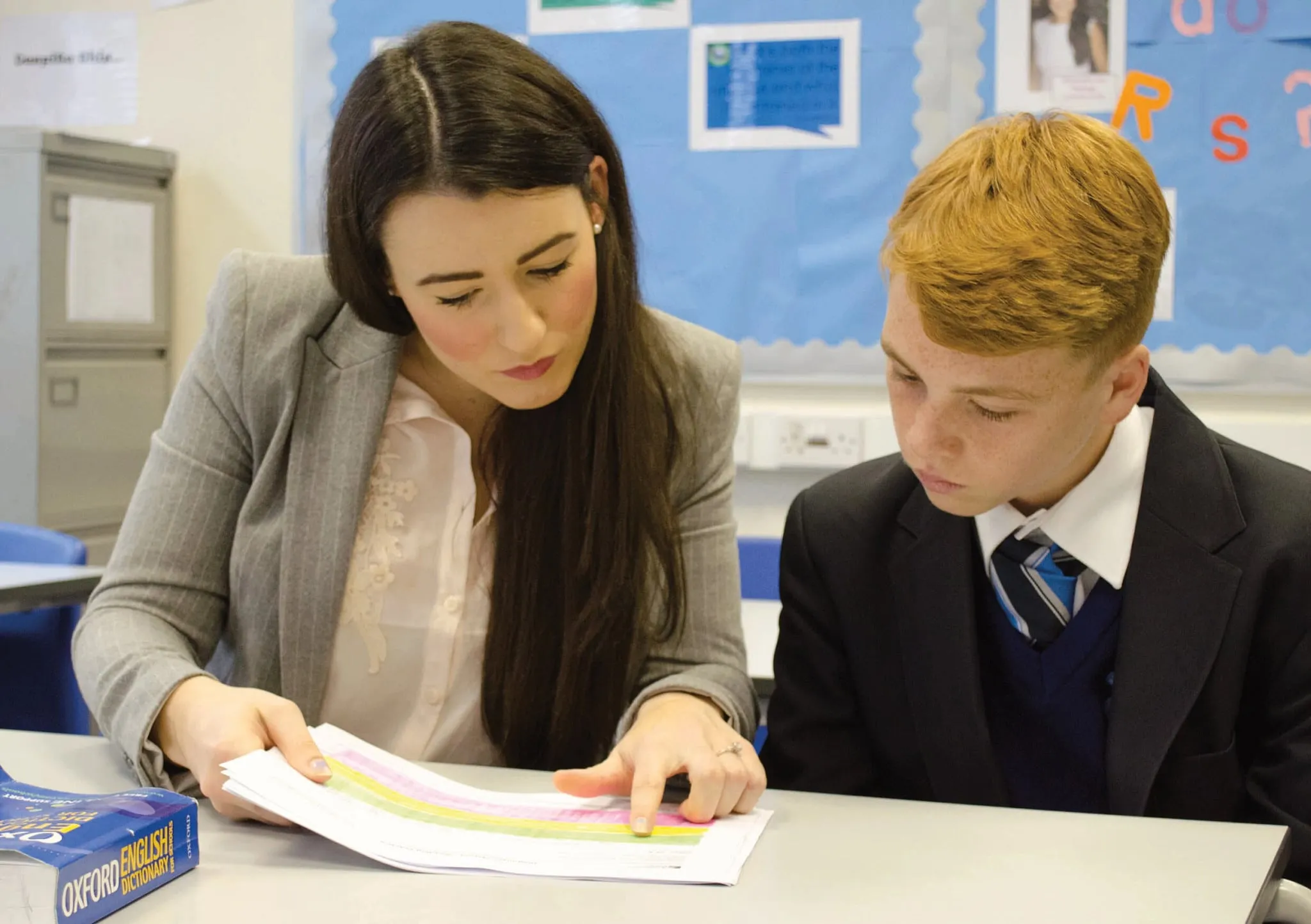June 30, 2021
The school year 2021/22 will again be challenging with students and their teachers managing the impacts of so much disruption over two school years. This situation is indeed ‘unprecedented’ but we know that schools are determined to get everyone back on track, working hard and enjoying learning. Star Assessments can contribute to this and here, assessment publisher, Sue Thompson highlights some of the valuable and in some cases unique ways these assessments can support planning, teaching and learning in the year to come.
Well-rested and ready to go?
For many teachers, summer term has been chiefly about re-establishing routines; and making sure students were happy and focused. And those two things didn’t always coincide, as the sheer joy of being back with friends made it hard for some to get their heads around learning again!
You have helped those who needed it most and dealt with the emotional and mental impacts of Covid and the educational ones. It was certainly significant to get back to in-school teaching and learning. But it WAS exhausting! Time for a well-earned holiday? Indeed.
But what next when the new year starts – a year we hope and expect will run smoothly and be uneventful? It’s not just a case of crack on and makes up for the lost time. Planning and preparation will be more critical than ever. An excellent first step will be knowing exactly where students are in the core skills of reading and numeracy when they come back into class.
Nor can we worry about learning loss; the past is the past. It happened. Progress rather than catchup must be the mindset. Renaissance Learning, with our mission to accelerate learning for all, is here to help.
And it’s not the same for everyone. Nevertheless, autumn 2020 showed that it is possible to make progress quickly but then school closures hit again in January and it was difficult to build further on these gains. Remote learning and some face-to-face teaching backed up by hard work kept many students on track but others will have been impacted very significantly.
Over the summer, some students will get additional support. Still, the concern remains that the ‘summer dip’ may be worse than ever. In maths, this is so often the case, but the reading loss might also be a real concern this year.
Recovery or acceleration?
The DfE published the first of three reports with research findings from the Education Policy Institute using Renaissance Star Assessments data. You can read the full report here.
Because of the large numbers of students assessed each year and the longitudinal data available, the report can help us understand the impact of school closures. As the report states:
The key strength of the Renaissance assessment data, and hence this report, is that it links outcomes in the first half of the autumn 2020/21 with results from the same point in 2019/20 at pupil level, compare their progress with similar pupils in earlier academic years. The samples are also sufficiently large to see whether these results are consistent across different year groups.
From these data, researchers found that students had not maintained progress in reading and maths and were some two to three months behind where the data predicted they should be. But this is much less than some dire predictions and shows the importance of these data (and the hard work done by teachers and students managing remote learning). The research highlighted critical trends in how students learn, including that knowledge acquisition is not necessarily linear. Students make more progress at different points in the school year. The research also found that learning may be uneven between years. The summer dip is real but something from which most students recover very quickly. On average, students in deprivation have done less well through the pandemic. All this is important to understand going into a new school year.
Ensuring educational equity
In the second report, Uneven learning, but not necessarily unknown: Insights from the DfE research and Star Assessments, the EPI has published further analysis broken down by pupil characteristics and modelled the progress typically made in Star Assessments by different pupil groups against the data held in the National Pupil Database. The findings will provide a level of granularity to underpin a deeper understanding.
And understanding performance across different groups of students who share common characteristics is critical for ensuring equity. With Star Assessment data, you may find that your students’ scores do not align with national findings or that overall scores have dipped only slightly, but that this is more noticeable when data is disaggregated by a range of student characteristics. This year it is more important than ever to delve into this deeper level to understand how students have been affected.
Back to school 2021 – whatever you do, it’s time to fix a baseline
Whether using Star for the first time this September or continuing with a well-established assessment routine, you are choosing assessments that offer a framework for monitoring reading and maths attainment.
Ideally, starting with a baseline in September, you should track progress termly. Colleagues can plan and integrate these assessment slots into the timetable. Students can conduct the assessments in the classroom in a session of little more than 30 minutes. And Star Assessments are genuinely inclusive as all students can be assessed in the same session. Computer adaptivity responds to every student as they answer each question and adapts the content to reflect their performance.
Computer adaptive questions mean that no student spends time answering many questions that are either too easy or too hard. As a result, the outcome is a better reflection of what each student knows and can do.
